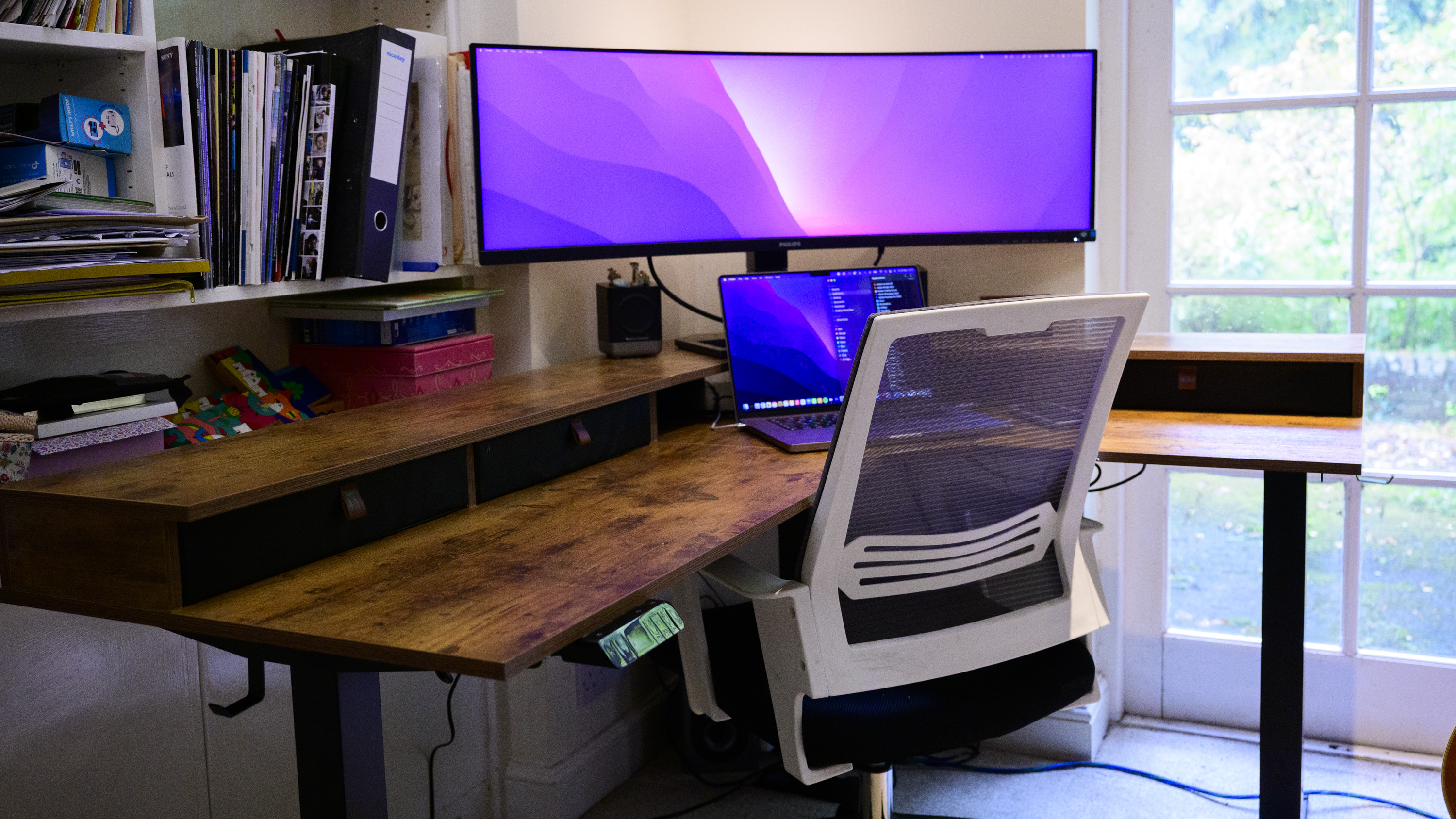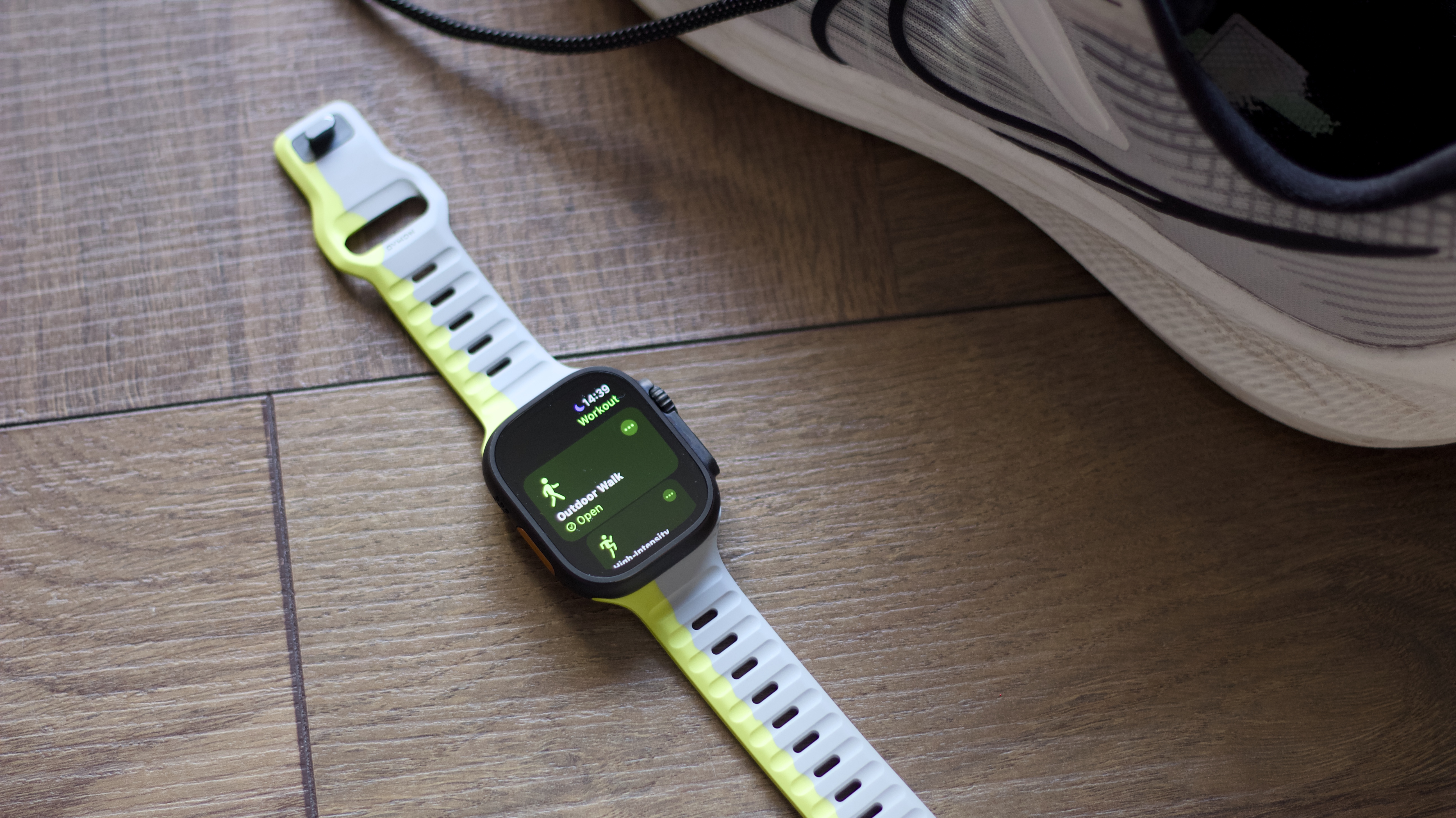
The world of health and fitness has been rocked by the potentially devastating news that standing desks could be bad for your health.
“Standing desks may be bad for your health, study suggests,” “Experts issue a health warning to anyone who uses a standing desk,” and “Why standing desks could be bad for your health” have all crossed my timeline this morning. So what on earth is going on? And is it time to ditch your standing desk?
The flurry of articles all stem from a new study published in the International Journal of Epidemiology on October 16. The snappily titled ‘Device-measured stationary behavior and cardiovascular and orthostatic circulatory disease incidence’ is a study of more than 83,000 UK adults over the course of nearly seven years.
The research, conducted by Dr Matthew Ahmadi of the University of Sydney’s Faculty of Medicine and Health in Australia, set out to examine the link between sitting, standing, and stationary time, cardiovascular disease (CVD), and orthostatic circulatory disease. The results at first glance appear like a blow to the appeal of standing desks – but there’s much more to it than that.
Standing desks aren’t the silver bullet you might have hoped

The study acknowledges that public health strategies and common advice often promote standing “as a sufficient substitute” for sitting in an office environment. However, the results of this mammoth study show that both sitting and standing for too long can be bad for your health. According to the study, doing too much of either can increase the risk of the two aforementioned ailments – CVD and orthostatic circulatory disease such as orthostatic hypotension, varicose vein, chronic venous insufficiency, and venous ulcer.
According to the study, “Every additional hour above 10 h/day of sitting was associated with a 0.26 (0.18, 0.36) higher risk,” of orthostatic circulatory diseases. Crucially, however, the risk of these diseases also increased (although not as much) with every 30 additional minutes of standing for more than two hours per day.
In contrast, the risk of CVD increased with every extra hour of sitting, but “Time spent standing was not associated with major CVD risk.”
As summed up by the study, “Both sitting (above 10 h/day) and standing (above 2 h/day) were directly associated with increased orthostatic circulatory disease incidence risk; standing was not associated with CVD incidence risk.” Furthermore, “Standing alone may not be a sufficient strategy for lowering CVD risk, and may lead to a higher risk of circulatory conditions.”

The study notes a crucial factor, however. The risks associated with both are linked to time spent stationary. If you combine one of the best standing desks on the market with an under-desk treadmill, the study implies that moving while standing won’t carry the same risks.
Whether you choose to sit or stand at your desk while working, regular breaks and frequent movement are the key. The study “calls into question current intervention strategies that focus on only replacing sitting with standing time without increasing physical activity.” Simply put, buying a standing desk isn’t a silver bullet that will solve your health problems or reduce your risk of cardiovascular disease by itself.
As is often the case when it comes to health and wellbeing, The study notes that “up to a certain level, neither sitting nor standing are harmful for orthostatic conditions, suggesting that there may be a healthy balance between these two behaviors.”
Still, the study concludes that “The deleterious associations of stationary time with CVD and orthostatic circulatory disease we observed were primarily a consequence of time spent sitting.” Standing more doesn’t increase CVD risk in the same way sitting does, then, but standing “was associated with substantially higher risk of orthostatic circulatory disease.”
The solution? If you want to continue to enjoy the benefits of a standing desk, such as burning more calories or improving posture, be sure to factor in plenty of movement and breaks into your work day. If you're going to stand for more than two hours a day, maybe consider using an under-desk treadmill. Just remember, sitting for too long continues to carry risks of CVD such as coronary heart disease, stroke, and heart failure.
Other tools out there can also help you keep on top of your health and mobility, such as the best fitness trackers or best smartwatches that feature standing alerts or tracking to help you get plenty of steps in each day. Whether you choose to sit or stand at your desk, do both in moderation, sprinkle in plenty of movement, change things up regularly, and do it all as part of a healthy lifestyle.







